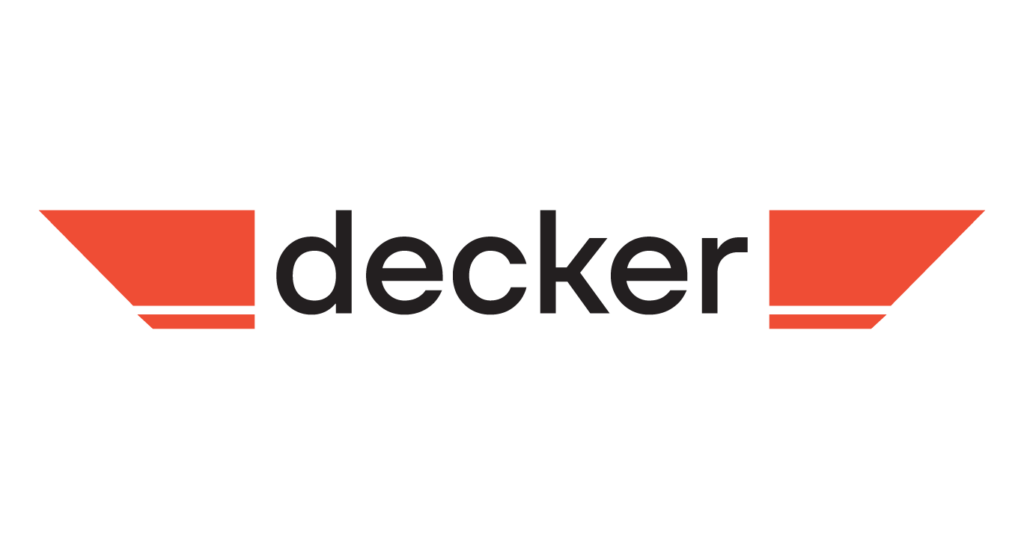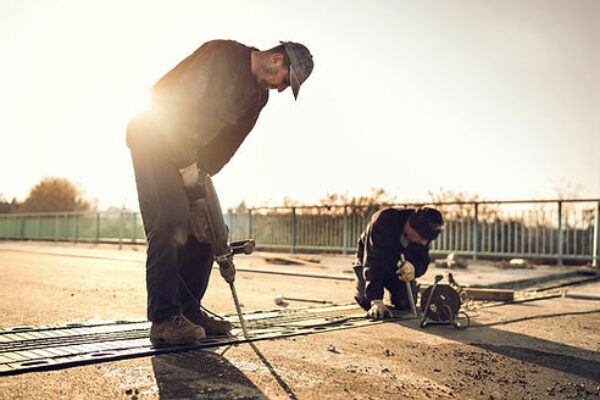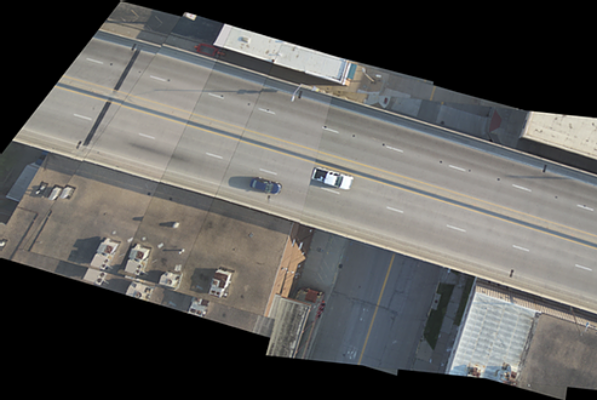
Take the guesswork out of bridge deck assessments
Improve Safety
Utilizing Decker project engineers can reduce lane closures and inspection personnel’s exposure to hazardous work environments.
Lower Costs
Reduce field inspections and allocate project budgets with more confidence, all while decreasing traffic shutdowns and economic impacts.
Save Time
Assess bridge deck delamination faster with optimized drone flight planning and AI-driven data analysis.
Optimize Accuracy
Utilize advanced image processing and temporal modeling to deliver accurate data and bridge deck delamination assessments.

Flight Planning
Decker optimizes autonomous drone flight planning and imaging to build a digital bridge model.
Data Analysis
By analyzing thermal anomalies, Decker uses advanced computer vision signals to calculate the extent of bridge deck delamination.
Insights &
Recommendations
After robust image processing and analysis, Decker produces clearly understandable and actionable reports.
Sign up
for Beta
Sign up as a beta user today.
The Case
for Automated
Bridge Inspection
The Problem: Aging infrastructure and dangers, time-consuming work conditions.
According to a 2019 study from the American Road & Transportation Builders Association, the U.S. has over 47,000 deficient bridges. Traditionally, the collection of data to determine the location and severity of structural deficiencies has required ground crews and expensive lane closures, creating hazards for drivers, road workers, and inspectors. The standard approach is costly due to the required expenditures on traffic control and other personnel, as well as the broader economic impact of roadway closures.

Drone technology is part of the solution
The use of uncrewed aerial vehicles (UAV) or drones to perform the image capture and data collection has revolutionized how bridge inspections take place. But UAVs have their own inefficiencies and once the images have been captured, there are thousands of images to analyze which is a manual, time-consuming process.

Advanced data aggregation and machine learning complete the picture.
Optimization starts with intelligent flight planning to improve the usability of the data captured. Then, to provide an accurate assessment of bridge deck delamination, images captured by drones are then stitched together for processing. Objects such as cars and people need to be removed and thermal images must be examined over time. Advanced machine learning and artificial intelligence models must be applied to precisely assess bridge deck delamination. Finally, the information needs to be presented in a clear and concise way, so that those in charge of prioritizing budgets can understand, explain, and act on the assessment the model provides.

